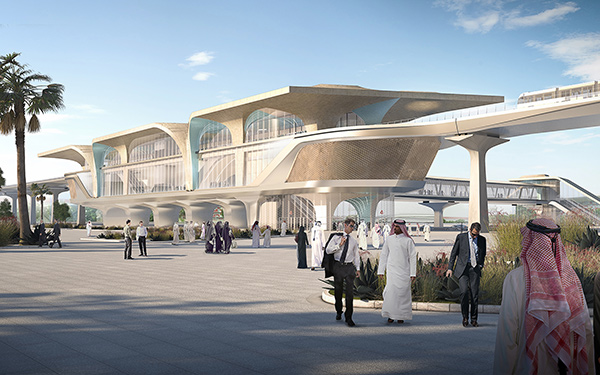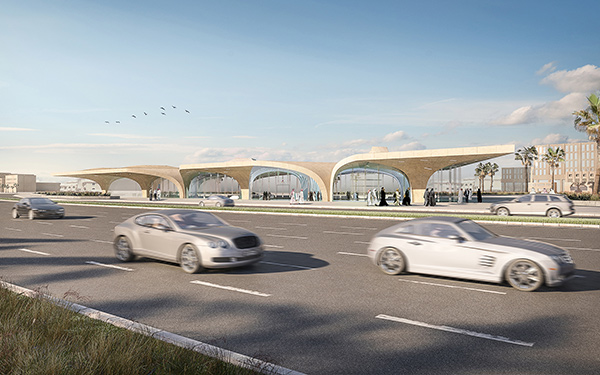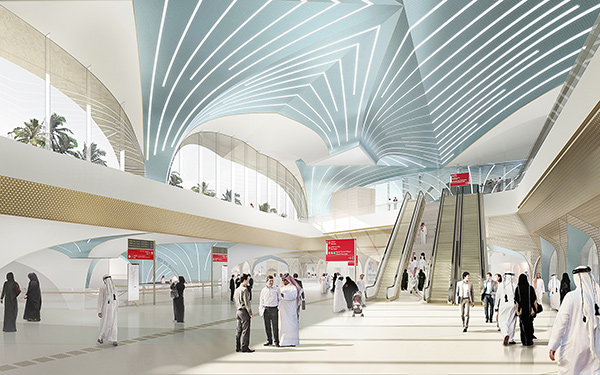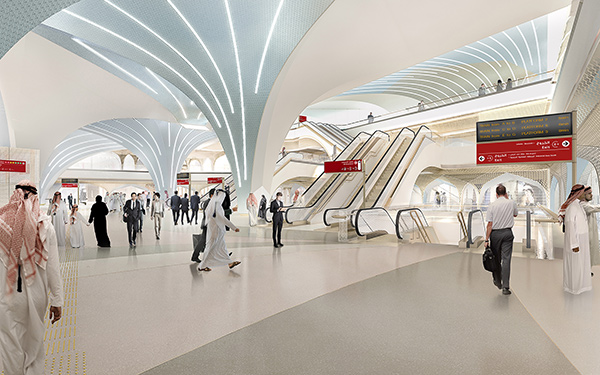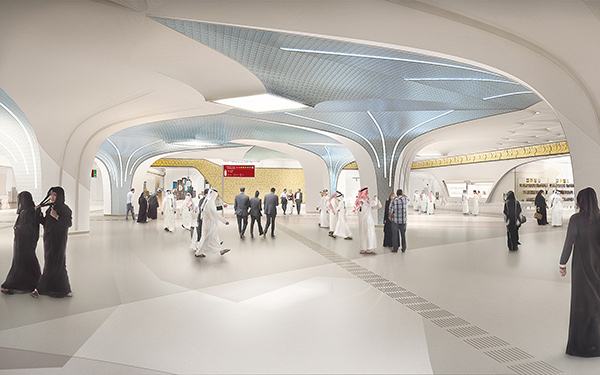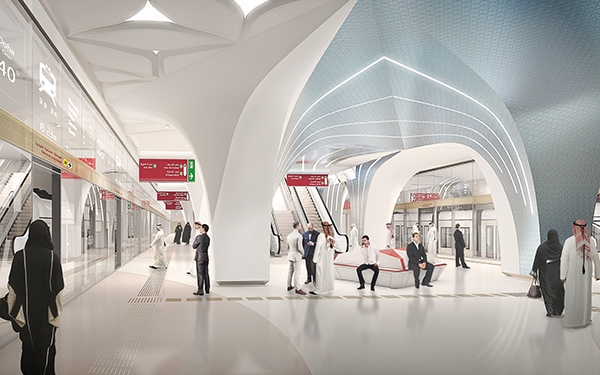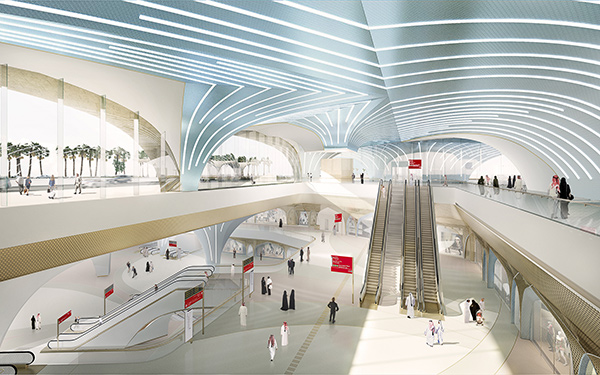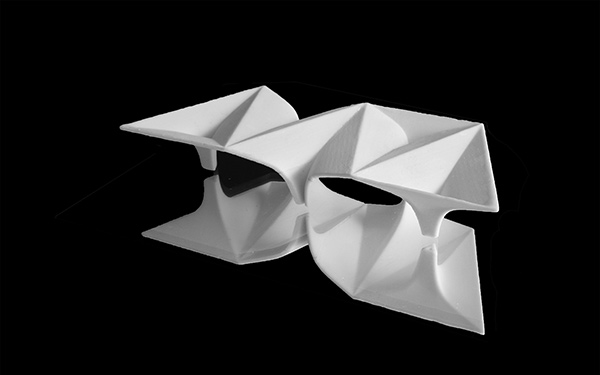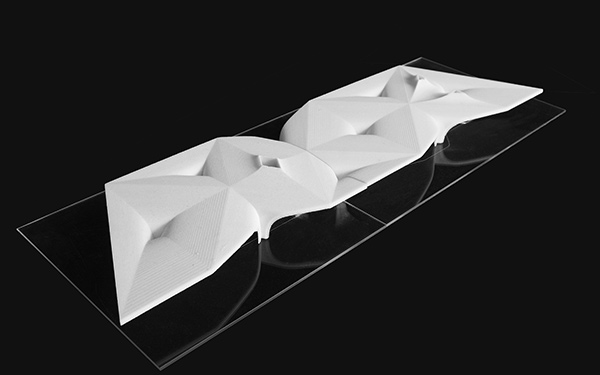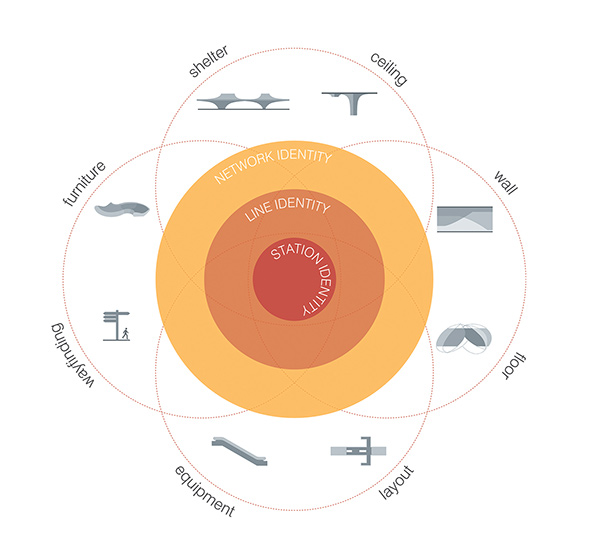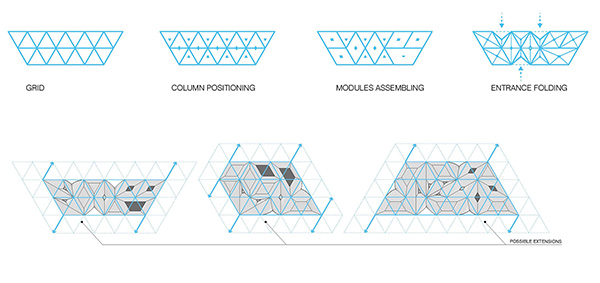Brazil, a growing, multicultural nation of more than 200 million people. Brazilians face numerous challenges, building many new structures and the infrastructure to support them, while attending to existing challenges and "cleaning up" before the world comes to visit. Brazil is also huge (the largest country in the southern hemisphere), and its ecological diversity ranges from dense urban spaces to forested mountains, vast plains to sparkling beaches. It's impossible to sum up a country in a single photo essay, so take this as just a sample of recent scenes from around Brazil.

Sugarloaf mountain and Guanabara Bay, at dawn in Rio de Janeiro, Brazil. (AP Photo/Felipe Dana)

Yawalapiti children climb a tree to jump into the Xingu River in the Xingu National Park, Mato Grosso State. (Reuters/Ueslei Marcelino) #

A night view of the city of Belem, northeastern Brazil. . The city of Belem, located at the mouth of the Amazon River, has a population of more than 2.3 million in the greater metropolitan area and its 39 islands, according to the latest census.

A bird perches on a tree in front of the full moon in the Yawalapiti village at the Xingu National Park, Mato Grosso State.

John John Florence of Hawaii competes in the final of the Association of Surfing Professionals' men's 2012 ASP World Championship Tour at Barra da Tijuca beach in Rio de Janeiro, Brazil. . Florence won the competition.

Participants arrive at the camping area of the VI edition of the Campus Party event in Sao Paulo, Brazil. The Campus Party is an annual week-long, 24-hour technology festival that gather around 7,000 hackers, developers, gamers and computer geeks.

View of the Pantanal from the Cidade de Pedra viewpoint in the Chapada dos Guimaraes national park, Mato Grosso state, western Brazil.. The Pantanal area, a sanctuary of biodiversity, is presently at risk because of the intensive culture of soybean and the deforestation, scientists said.

Hundreds of swimmers take part in the "Travessia dos Fortes" (Forts Crossing) men's category in Copacabana beach, in Rio de Janeiro.. Hundreds of swimmers took part in the 3,6km crossing from the Copacaban Fort to the Duque de Caxias Fort in Leme.
Vasco's Alecsandro Felisbino (right) vies with Corinthians's Marcio Passos during their Libertadores quarterfinal 1st leg in Rio de Janeiro..

Botafogo's fans cheers their team before the Carioca Championship final first leg soccer match against Fluminense, at Joao Havelange stadium in Rio de Janeiro.

View of Iguazu Falls, one of the Natural Seven Wonders of the World, from the Brazilian side, in Foz de Iguazu, Brazil. The waterfall system, 2.7 km long, consists of 275 falls, and has an annual peak flow of some 6,500 cubic meters a second. An acute drought has hit the famed falls, cutting back the tumbling waters to reveal the rocky sides. Only a third of the usual volume of water is now flowing over the top.

A Yawalapiti boy dips his head into the Xingu River in the Xingu National Park, Mato Grosso State.

Brazilian pianist Ricardo de Castro Monteiro plays in the air on a piano hanging from wires during the annual "Virada Cultural" event, in Sao Paulo, Brazil.. The Virada Cultural is a cultural party which offers 24 hours of uninterrupted attractions in stages around the city, such as music, dance, cooking, theatre, exhibitions of art and history and other forms of expression.

Roman Catholic faithful participate in the procession of candles in the streets around the Our Lady of Fatima shrine in Belem.. Brazilians have been honoring the Virgin Mary with this annual procession since 1966.

A sculpture cast from the body of British artist Antony Gormley, atop a building in downtown Sao Paulo.. The public exhibition titled "Event Horizon' uses 31 rooftops as a part of Gormley's exhibition at Centro Cultural Banco do Brasil. According to the organizers, when the exhibition began, many people confused the sculptures with potential suicides and reported them to authorities.

A worker walks through a soybean field on a farm in the city of Tangara da Serra in Cuiaba.

A physical therapist supports Luiza Ezaledo, 2, during a hydrotherapy session at the Association for the Aid of Disabled Children (AACD) in Sao Paulo. The AACD, a non-profit organization that began in 1950 with just 14 patients, now works with some 8,000 young victims of disabling conditions and diseases such as cerebral palsy to give them better physical skills and improve their lives. Most of the patients are from impoverished or broken homes.

A man fishes on the rocks of Arpoador beach in Rio de Janeiro..

An egret stands on a ship mooring rope in Rio de Janeiro.

Hawaian Coco Ho competes during the final of the Association of Surfing Professionals (ASP) Billabong Rio Pro women's surfing competition at Barra da Tijuca beach in Rio de Janeiro..

The interior of Biblioteca Nacional do Brasil, Brazil's National Library, in Rio de Janeiro.

A Brazilian military jet performs a fly-over at IndyCar's Sao Paulo 300 auto race..
Riders try to thread a wooden needle through a ring during a horse riding competition as part of the festivities known as the "Marujada" in celebration of St. Benedict, who is also known in Brazil as the "black saint", in Braganca in the northeastern state of Para.. The Marujada began in the 18th century when a group of black slaves were allowed by their owners to form the Fraternity of St. Benedict, and decided to dance through the streets as an expression of their gratitude.

Firefighters carry the body of a victim among the debris of a collapsed building, behind the Municipal Theater in Rio de Janeiro.. Two buildings collapsed in downtown Rio de Janeiro on Wednesday, in the latest incident highlighting the failure of authorities to improve the city's infrastructure amid preparations to host soccer's World Cup and the Olympics.

Kypato Kayapo, chief of Kayapo tribe from the Aukre community, receives post-cataract surgery ophthalmologic attention on the seventh day of the "Expedicionarios da Saude" (Brazilian Health Expeditions) medical expedition in the Kikretum community in Sao Felix. Twice a year, volunteer doctors build a mobile hospital to provide clinical and surgical treatments for indigenous tribes and residents from different parts of the Amazonian Rainforest.
.

Retired Brazilian police officer Andre Luiz Pinheiro, 50, dressed as the super-hero Batman, runs at Santa Terezinha Square, in Taubate city, Sao Paulo state. . Pinheiro has been called to help police patrol the crime-ridden streets of Taubate, in Brazil. He was officially presented on March 17 in the districts with the highest crime rates in Sao Paulo state. Police captain Warley Takeo, one of the policemen who decided to bring in the character to help them fight drug traffickers, said the measure would bring long-term benefits. Takeo said making a connection between the police and Batman would help children have a clearer idea of good and bad.

Brazil's Talita Antunes prepares to serve during a beach volleyball training match on Ipanema beach in Rio de Janeiro.

Tourists take in the view above Rio de Janeiro, from the Sugar Loaf cable car station.

A policeman patrols the Rocinha Slum during an operation to find a man who killed a policeman during a shootout in one of the slum's alleys in Rio de Janeiro. According to local media, nine people were killed in Rocinha in the last two months during a dispute on the control of the drug traffic. Three thousand troops, backed by helicopters and armored vehicles, occupied Rio de Janeiro's largest slum without firing a shot on November 13, the biggest step in the Brazilian city's bid to improve security and end the reign of drug gangs.

A worker climbs scaffolding around a century-old port warehouse undergoing renovation in Rio de Janeiro, on. A multi-billion dollar project remaking Rio's port region into a tourism and business hub called "Porto Maravilha" ("Port of the 2016 Olympics, has also unearthed Valongo port, once the single busiest slave-trading port in the world where up to a million men and women forced into bondage arrived from Africa.



